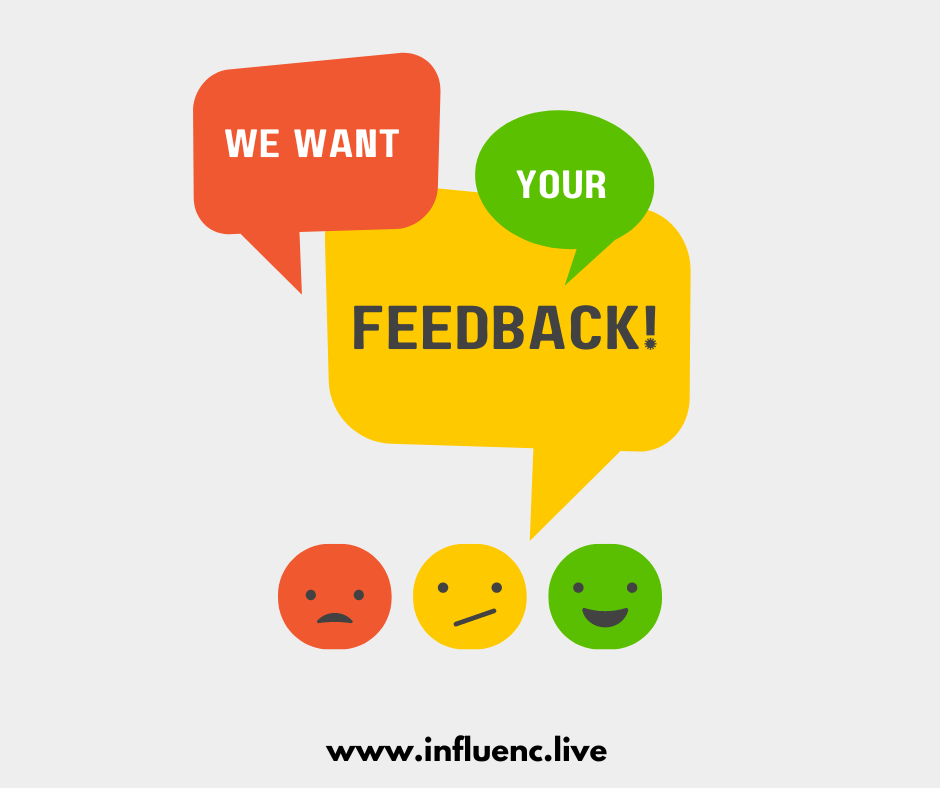Communication in workplace is an essential part of your career. It can hinder or grow your career path.
why!
Because as much you can deal with your managers , your colleagues and the customers as you will feel happy and focus on your productivity.
Dealing with difficult managers and Colleagues are the first steps you need to work on in your workplace.
Communication with Customers
Responding to customer complaints
Unfortunately, problems do occur in business. Products break or do not live up to expectations. Employees mistreat a customer. The manner in which these situations are handled can make or break a company.
To effectively respond to customer complaints, you should follow these five steps:
1 Obtain all pertinent information.
2 Confirm the problem.
3 Show empathy.
4 Develop a solution.
5 Follow up.
Obtain all pertinent information
You cannot solve the problem if you do not understand the details of the situation. Ask the customer to clearly explain the situation. It is important to realize that the customer might need to express her anger, and it is equally important to react calmly rather than defensively.
Allow the customer to explain as much as she can about the situation.
Confirm the problem
Once you believe that you have all the facts, confirm your understanding of the problem by repeating or paraphrasing what the customer has told you. You do not need to admit
fault or accept blame, but instead acknowledge that an error has occurred and that you are going to work with the customer toward a solution.
Express empathy
It is important to acknowledge the customer’s frustration when a problem has occurred. Express empathy for the customer by saying something such as, “We’re sorry that this
problem has occurred.” This approach serves not as an acceptance of
Develop a solution
If there is an apparent solution to the customer’s problem, explain the solution to the customer. Discuss what steps you’ll take and what steps the customer must take to solve the problem. In addition, provide any additional information the customer needs to solve the problem.
If a solution is not apparent, explain to the customer how a solution will be developed.
If the customer needs to work with anyone else in your organization to develop a solution, identify those people. Give the customer an idea of what to expect as your organization works toward a resolution. Finally, you need to document the agreed upon solution for both the customer and your company.
Follow up
How your company responds after a complaint has been made is as important as how your company responds to the complaint. If promises are made to the customer and are not fulfilled, the customer is not likely to do business with your company in the future.
Follow the documented solution that was developed with the customer, and if possible, go beyond what is expected. If you are able to provide the customer with more than she expects, that customer is more likely to return to your company for future needs. Within a reasonable amount of time, check back with the customer to confirm that the solution has been implemented and that the customer is satisfied with it.

Communicating with vendors
A vendor is anyone outside your company who provides it with goods or services. Examples of vendors might include office supply providers, janitorial services, and corporate trainers, as well as vendors who provide your company with the necessary raw materials for your products.
Having good working relationships with your vendors is important because they have goods or services on which your organization relies. It is important to build vendor relationships from the start of your organization.
You need to communicate with potential vendors about your organization’s goals, plans, needs, and desires. Encourage potential vendors to submit bids for their goods or services.
Once you have selected a vendor, communicate acceptance of that vendor’s bid in writing. Create a contract listing the goods, services, prices, and any additional conditions that you’ve established with the vendor. Once you have established a relationship with a vendor, regular communication with the vendor is vital.
Maintaining communication with the vendor allows you to immediately
address any concerns or problems that occur. In addition, regular contact gives your organization an opportunity to provide the vendor with positive feedback, which helps build a sense of teamwork between the vendor and your organization.
Rejecting a vendor’s contract proposal
Rejecting a contract proposal is always difficult. The key to rejecting a contract proposal without alienating the vendor is to focus the rejection on the contract itself and not on any external or personal issues. Your goal is to maintain open communication with the vendor because even though the vendor did not win this particular contract, you might want to do business with this vendor in the future.
When informing a vendor that his contract proposal has been rejected, focus on the positive aspects of the situation. Mention what was good about the proposal before explaining what factors caused the contract to be denied. Thank the vendor for submitting the contract proposal, and express an interest in doing business with him at a later date.
Complaining to a vendor
Occasionally, you’ll accept a contract but find that you are dissatisfied with the goods or services received. If this situation occurs, follow these three steps to complain effectively to your vendor:
1 Give facts to explain the problem.
2 Propose or ask for a solution.
3 Affirm a desire to work with the vendor toward a mutual solution.
Give facts to explain the problem
Do not let your emotions cloud your abilities to state the facts of the situation. Clearly explain to the vendor what you expected and what actually occurred. Give specific details such as the date or frequency of the problem. If you can quantify the problem in
terms of lost hours or financial losses, offer those numbers to the vendor.
Propose or ask for a solution
If you have a specific solution in mind, share it with the vendor. If you do not have a proposed solution, ask the vendor to formulate one. Let the vendor know that you are willing to compromise to work toward a solution, but make it clear that you won’t settle for less than the terms of your original contract.
Propose or ask for a solution
If you have a specific solution in mind, share it with the vendor. If you do not have a proposed solution, ask the vendor to formulate one. Let the vendor know that you are willing to compromise to work toward a solution, but make it clear that you won’t settle for less than the terms of your original contract.
Finally, Communication powerfully with customers and vendors grow your business remarkably. it is all about how you serve others and help them to buy your products and meet their needs.
Check these articles:
Communication With Difficult Managers
Communication with Colleagues
Are You Emotionally Intelligent! Easy Steps to Cultivate Your Emotional Intelligence, Read to Know.
5 Easy Powerful Steps to Acquire Skills!
How to Avoid Toxic People
How to Stay Motivated: 6 Steps to Be Self-Motivated
We are providing leadership training and coaching and we can help you figure out our supervisor type and raise your awareness to know your own type and how to be effective leader and supervisor. contact us for further details and reserving a slot.
info@influenc.live



